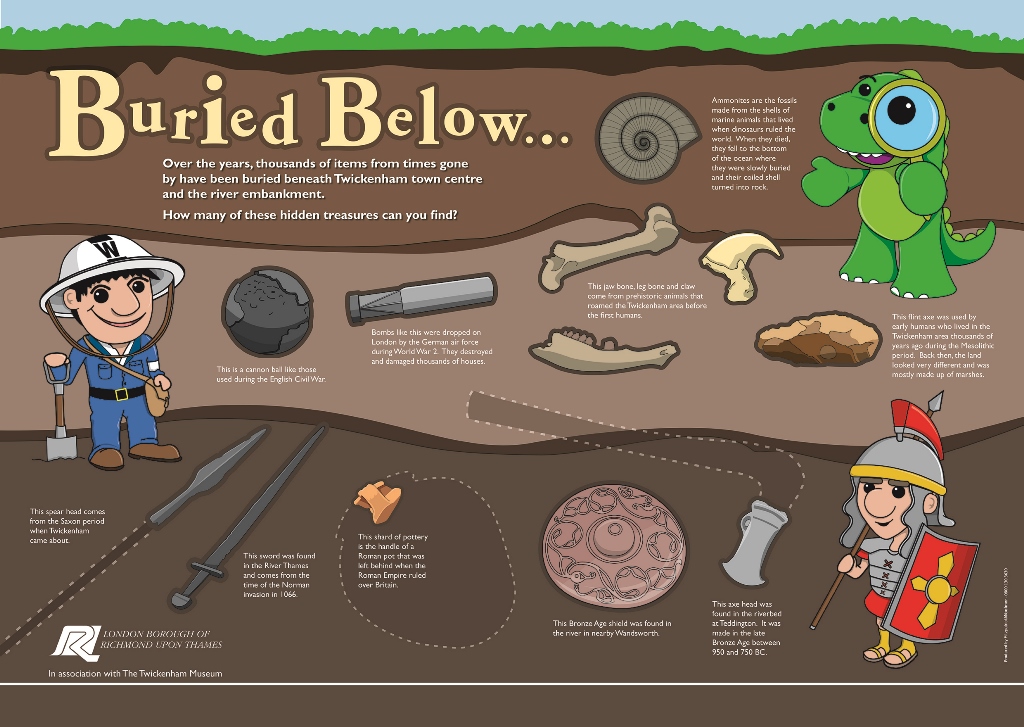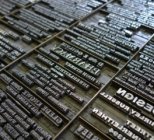A picture, or in this case an illustration, is worth a thousand words
That’s certainly true when you’re challenged with describing complex processes or historical activities that are now unfamiliar. Finding the perfect photograph that depicts just what you want to communicate can sometimes be impossible. A bespoke illustration may be the answer.
Of course, commissioning illustrations doesn’t come cheap, but if your message matters it may be worth the investment.
Illustrations can be used to great effect as historical reconstructions, filling the gaps and revealing how ruined buildings once looked or how people lived and worked in the past. They can put life and activity back into buildings and landscapes to great dramatic effect.
They can help people of all ages to understand mechanical processes, revealing how things work and what is hidden from view. They can also inject a sense of humour by introducing engaging characters and amusing imagery.
Making the most of your investment
Provide a clear brief
Finding the right illustrator is crucial. Many specialise in a particular style or subject matter. Take a look at portfolios before selecting your shortlist. Provide a clear brief, detailing:
- messages to be conveyed
- target audiences
- media in which the illustration will be used e.g. print or digital
- scale at which the illustration will be reproduced
- context in which it will appear e.g. overview of content of display or panel
- any house-style or restrictions that may apply
Undertake your own research
Some illustrators will carry out specialist research, but many will expect the client to provide accurate reference material. For example, detail of historic costume or hairstyles, how tools or equipment were used, what landscapes looked like in the distant past. Don’t assume that other available reference illustrations are always historically or technically accurate. Check the detail with subject experts.
Allow plenty of time
Producing detailed illustrations can’t be rushed. Plan ahead and engage your illustrator early in the project. Their input in the design development stage could stimulate new ideas and approaches to presentation. Agree a programme at the outset, including the time you require to review drafts at various stages of work.
Be clear on copyright
Ensure you understand what you’re buying. Fees may differ depending on how illustrations are used. Don’t assume you have full ownership or copyright. Think about how you may want to use an illustration in the future. If this includes merchandise, the illustrator may request a different type of contract or copyright approval.
For more information visit the Fitzpatrick Woolmer website.













